Home>Gardening & Outdoor>Outdoor Recreation & Activities>What Do The Numbers Mean On Frisbee Golf Discs?
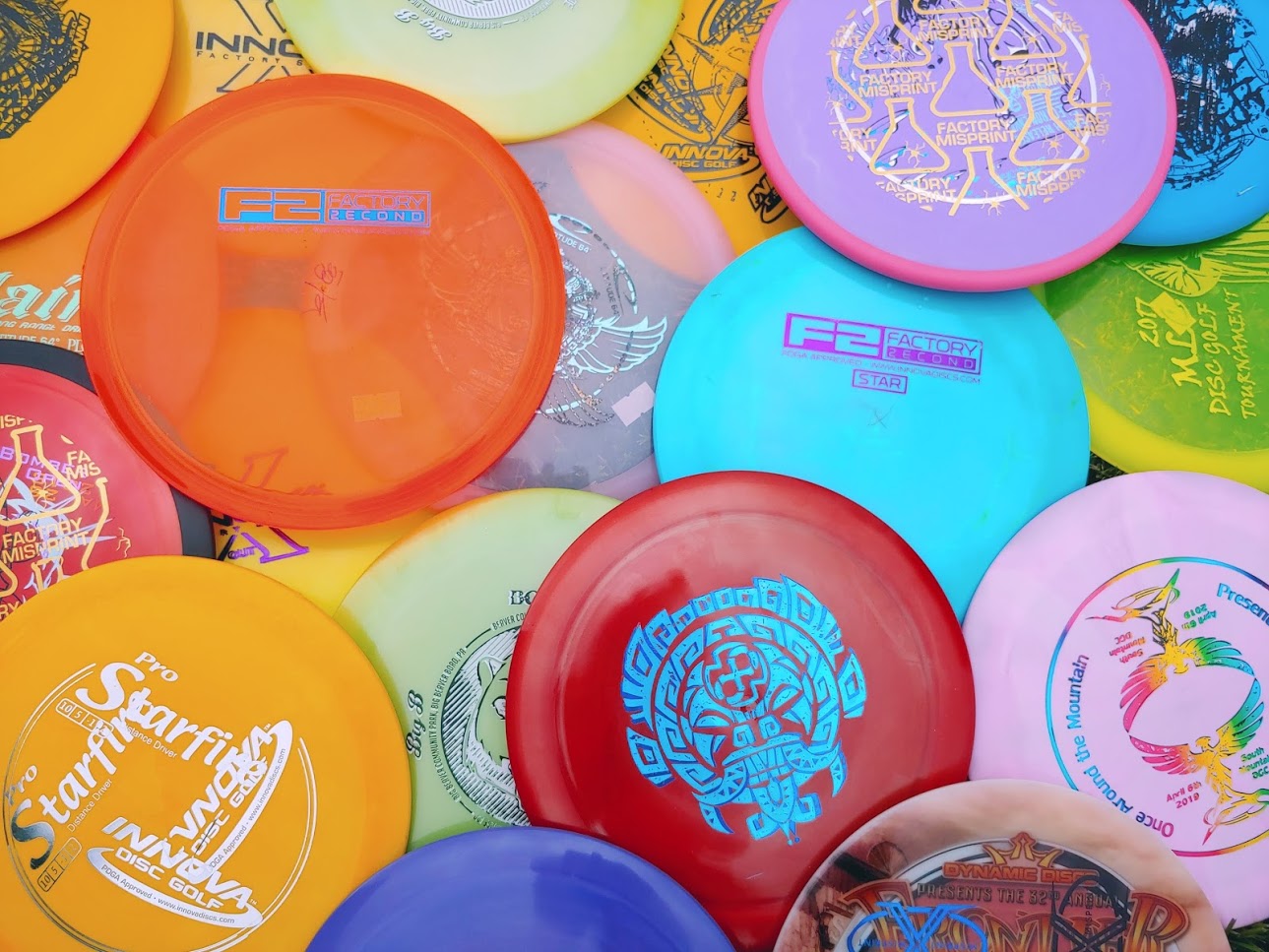

Outdoor Recreation & Activities
What Do The Numbers Mean On Frisbee Golf Discs?
Modified: March 2, 2024
Discover the significance of the numbers on frisbee golf discs and enhance your outdoor recreation and activities with valuable insights. Understand the ratings and make informed choices for your disc golf game.
(Many of the links in this article redirect to a specific reviewed product. Your purchase of these products through affiliate links helps to generate commission for Storables.com, at no extra cost. Learn more)
Introduction
Frisbee golf, also known as disc golf, has gained immense popularity as a recreational and competitive outdoor activity. Similar to traditional golf, players aim to complete a course in the fewest throws possible, but instead of using clubs and balls, they utilize specially designed frisbee golf discs. These discs come in various shapes, sizes, and weights, each serving a specific purpose in the game. Understanding the numbers and markings on these discs is crucial for players looking to improve their game and make informed decisions about their equipment.
In this article, we will delve into the intricacies of frisbee golf discs, focusing on the significance of the flight ratings, the impact of weight and stability, and the role of different plastic types. By gaining a comprehensive understanding of these elements, players can enhance their performance, adapt to diverse playing conditions, and ultimately elevate their frisbee golf experience.
The numbers inscribed on frisbee golf discs may seem cryptic to beginners, but they hold the key to unlocking the disc's flight characteristics. These flight ratings typically consist of four numbers, representing speed, glide, turn, and fade. Each of these attributes plays a pivotal role in determining how a disc will behave when thrown, influencing its trajectory, stability, and overall flight pattern. By deciphering these numbers, players can make informed choices about which discs to use for different shots, distances, and environmental conditions.
Furthermore, the weight and stability of frisbee golf discs significantly impact their performance on the course. Understanding the relationship between weight and stability is essential for players seeking to fine-tune their throwing techniques and optimize their disc selection. Additionally, the type of plastic used in manufacturing the discs can greatly influence their durability, grip, and flight characteristics. By exploring the various plastic types available, players can identify the most suitable options based on their playing style and preferences.
As we unravel the mysteries behind the numbers and features of frisbee golf discs, players will gain valuable insights into maximizing their potential on the course. Whether you're a seasoned enthusiast or a newcomer to the sport, understanding the nuances of frisbee golf discs is a game-changer, empowering you to make strategic decisions and elevate your performance. Let's embark on this journey to decode the numbers and unleash the full potential of frisbee golf discs.
Key Takeaways:
- Master the flight ratings on frisbee golf discs to choose the right disc for each shot. Speed, glide, turn, and fade numbers guide your selection and improve your game strategy.
- Understand how weight and stability impact disc performance. Lighter discs for distance, heavier for stability. Disc stability types: understable, stable, and overstable. Choose wisely for optimal results.
Read more: What Are The Best Frisbee Golf Discs?
Understanding the Flight Ratings
When examining a frisbee golf disc, one of the first things that players notice is the series of numbers inscribed on its surface. These numbers, often presented in a format such as "9, 5, -1, 2," represent the flight ratings of the disc. Understanding these flight ratings is crucial for players aiming to harness the full potential of their discs and improve their performance on the course.
The flight ratings consist of four distinct numbers, each corresponding to a specific aspect of the disc's flight characteristics: speed, glide, turn, and fade. Let's break down the significance of each of these components:
-
Speed: The first number in the flight ratings indicates the disc's speed potential when thrown at full power. This rating ranges from 1 to 14, with higher numbers denoting faster discs. A disc with a higher speed rating requires more power to achieve its optimal flight pattern and is typically used for longer throws. Conversely, discs with lower speed ratings are easier to control and are suitable for shorter distances.
-
Glide: The second number represents the disc's ability to maintain loft and stay in the air. A higher glide rating, which ranges from 1 to 7, indicates that the disc can sustain its flight for a longer duration, making it ideal for achieving greater distances. Discs with lower glide ratings are more predictable and tend to have a more direct flight path.
-
Turn: The third number in the flight ratings signifies the disc's tendency to turn to the right during the initial phase of its flight (for right-handed backhand throws). This rating ranges from -5 to +1, with negative values indicating a propensity for understability, causing the disc to turn more sharply to the right. Discs with positive turn ratings are more resistant to turning and exhibit a more stable flight path.
-
Fade: The fourth number denotes the disc's fade, which is its tendency to hook to the left at the end of the flight (for right-handed backhand throws). This rating ranges from 0 to 5, with higher values indicating a stronger fade. Discs with a high fade rating exhibit a more pronounced leftward hook, making them suitable for controlled fades and precise landing placements.
By comprehending these flight ratings, players can make informed decisions about which discs to use for specific shots, distances, and environmental conditions. For instance, a disc with a high speed and glide rating may be favored for long-distance drives, while a disc with minimal turn and fade could be ideal for accurate approach shots.
In essence, the flight ratings serve as a roadmap for players, guiding them in selecting the most suitable discs to match their throwing style and achieve optimal results on the frisbee golf course. Mastering the interpretation of these numbers empowers players to strategically navigate the complexities of the game, adapt to varying wind conditions, and ultimately elevate their overall performance.
Importance of Weight and Stability
The weight and stability of frisbee golf discs play a pivotal role in shaping their flight characteristics and overall performance on the course. Understanding the relationship between weight and stability is essential for players seeking to optimize their throwing techniques and make informed decisions about their disc selection.
Weight
The weight of a frisbee golf disc significantly influences its flight pattern and the amount of effort required to propel it through the air. Discs are typically available in a range of weights, commonly measured in grams. Lighter discs, often weighing between 150-160 grams, are favored for their enhanced maneuverability and increased potential for achieving greater distances. These discs are well-suited for players with slower arm speeds, allowing them to generate sufficient velocity and achieve optimal flight paths.
On the other hand, heavier discs, typically weighing between 170-180 grams, offer enhanced stability and are less susceptible to the effects of wind. Players with stronger arm speeds often prefer heavier discs, as they require more force to achieve their maximum potential flight. Additionally, the added weight contributes to improved control and accuracy, especially in challenging weather conditions or when navigating intricate course layouts.
Stability
Stability is a defining factor that influences how a frisbee golf disc behaves during flight. Disc stability is categorized into three main types: understable, stable, and overstable. Understanding these stability characteristics is crucial for players aiming to fine-tune their throwing techniques and adapt to diverse playing conditions.
-
Understable discs tend to veer to the right (for right-handed backhand throws) during the initial phase of their flight. These discs are ideal for achieving long, sweeping turnovers and executing precise anhyzer shots. They are particularly favored by players seeking to navigate tight fairways and shape their shots around obstacles.
-
Stable discs maintain a relatively straight flight path, making them versatile options for various throwing styles and shot types. They offer consistent performance and are well-suited for controlled drives, accurate approaches, and reliable putting. Players often rely on stable discs as foundational components of their disc golf arsenal, providing reliability and predictability in a wide range of scenarios.
-
Overstable discs exhibit a tendency to hook to the left (for right-handed backhand throws) at the end of their flight. These discs offer strong resistance to turn and are valuable for combating headwinds, executing hyzer shots, and achieving controlled fades. Overstable discs provide players with the confidence to tackle challenging wind conditions and navigate demanding course layouts with precision and control.
By comprehending the interplay between weight and stability, players can strategically select discs that align with their throwing style, arm speed, and environmental factors. Whether seeking enhanced distance, improved accuracy, or adaptability to varying wind conditions, the careful consideration of weight and stability empowers players to optimize their disc selection and elevate their performance on the frisbee golf course.
Read more: What Do You Need For Frisbee Golf?
Exploring the Role of Plastic Types
In the realm of frisbee golf, the type of plastic used in manufacturing discs plays a significant role in determining their durability, grip, and flight characteristics. Disc manufacturers utilize various plastic blends, each offering distinct advantages and catering to different player preferences and playing conditions. By exploring the diverse plastic types available, players can gain valuable insights into selecting discs that align with their individual preferences and performance objectives.
Diving into Plastic Varieties
1. Durable and Long-Lasting
-
Champion Plastic: Known for its exceptional durability, Champion plastic discs are resilient and capable of withstanding extensive wear and tear. These discs maintain their flight characteristics over time, making them reliable choices for players seeking long-term consistency and performance.
-
Lucid and Fuzion Plastic: Lucid and Fuzion plastic blends are prized for their durability and vibrant colors. These discs offer a perfect balance of resilience and grip, making them suitable for a wide range of playing conditions and throwing styles.
2. Enhanced Grip and Control
-
Opto and Gold Line Plastic: Opto and Gold Line plastic discs are revered for their superior grip and tactile feel. These discs provide players with enhanced control and confidence, particularly in adverse weather conditions or when executing intricate throwing techniques.
-
ESP Plastic: Engineered with a focus on grip and flexibility, ESP plastic discs offer exceptional control and responsiveness. Players appreciate the tactile sensation and reliable grip provided by discs crafted from this material.
3. Versatility and Adaptability
-
Star and GStar Plastic: Star and GStar plastic blends are celebrated for their versatility and adaptability. These discs offer a unique combination of durability, grip, and flexibility, catering to a diverse range of player preferences and playing styles.
-
VIP and Tournament Plastic: VIP and Tournament plastic discs are designed to deliver consistent performance and adaptability across varying environmental conditions. Players value the reliability and versatility offered by discs crafted from these materials.
Impact on Flight Characteristics
The choice of plastic type significantly influences a disc's flight characteristics, including its stability, grip, and resistance to wear. Players often find that discs molded from different plastic blends exhibit subtle variations in their flight paths, providing opportunities to fine-tune their throwing techniques and adapt to specific course layouts and environmental factors.
Furthermore, the tactile feel and grip provided by different plastic types can directly impact a player's ability to control the disc during throws, releases, and putting. The right combination of durability, grip, and flexibility, as offered by various plastic blends, empowers players to optimize their performance and adapt to the dynamic challenges presented by frisbee golf courses.
By exploring the diverse plastic types available and understanding their respective attributes, players can make informed decisions about which discs best complement their playing style, environmental conditions, and performance objectives. The nuanced interplay between plastic types and flight characteristics adds depth to the disc selection process, allowing players to curate a personalized arsenal that enhances their capabilities and enjoyment of the game.
Conclusion
In the dynamic world of frisbee golf, the significance of understanding the intricacies of frisbee golf discs cannot be overstated. As players navigate the diverse challenges presented by the course, the ability to decode the flight ratings, comprehend the impact of weight and stability, and explore the role of different plastic types empowers them to make strategic decisions and elevate their performance.
By unraveling the enigma of flight ratings, players gain valuable insights into the unique characteristics of each disc, enabling them to tailor their disc selection to specific shots, distances, and environmental conditions. The flight ratings serve as a roadmap, guiding players in choosing discs that align with their throwing style and performance objectives, ultimately enhancing their ability to adapt to the complexities of the game.
Furthermore, the interplay between weight and stability emerges as a critical factor in shaping a player's disc golf experience. By carefully considering the weight and stability of discs, players can optimize their throwing techniques, adapt to varying wind conditions, and achieve enhanced control and accuracy on the course. Whether seeking increased distance, reliable stability, or adaptability to challenging weather, the thoughtful selection of discs based on weight and stability empowers players to elevate their game to new heights.
The exploration of different plastic types adds another layer of depth to the disc selection process, offering players a diverse array of options to match their individual preferences and playing styles. The unique attributes of each plastic blend, from durability and grip to versatility and adaptability, provide players with the opportunity to curate a personalized arsenal that enhances their capabilities and enjoyment of the game.
In conclusion, the journey to decode the numbers on frisbee golf discs unveils a world of possibilities for players seeking to maximize their potential on the course. By embracing the nuances of flight ratings, weight and stability considerations, and the impact of plastic types, players can embark on a transformative path, where strategic disc selection, optimized throwing techniques, and adaptability to diverse playing conditions converge to elevate their frisbee golf experience. As players continue to hone their skills and expand their disc selection knowledge, they embark on a journey of growth, discovery, and unparalleled enjoyment of the exhilarating sport of frisbee golf.
Frequently Asked Questions about What Do The Numbers Mean On Frisbee Golf Discs?
Was this page helpful?
At Storables.com, we guarantee accurate and reliable information. Our content, validated by Expert Board Contributors, is crafted following stringent Editorial Policies. We're committed to providing you with well-researched, expert-backed insights for all your informational needs.

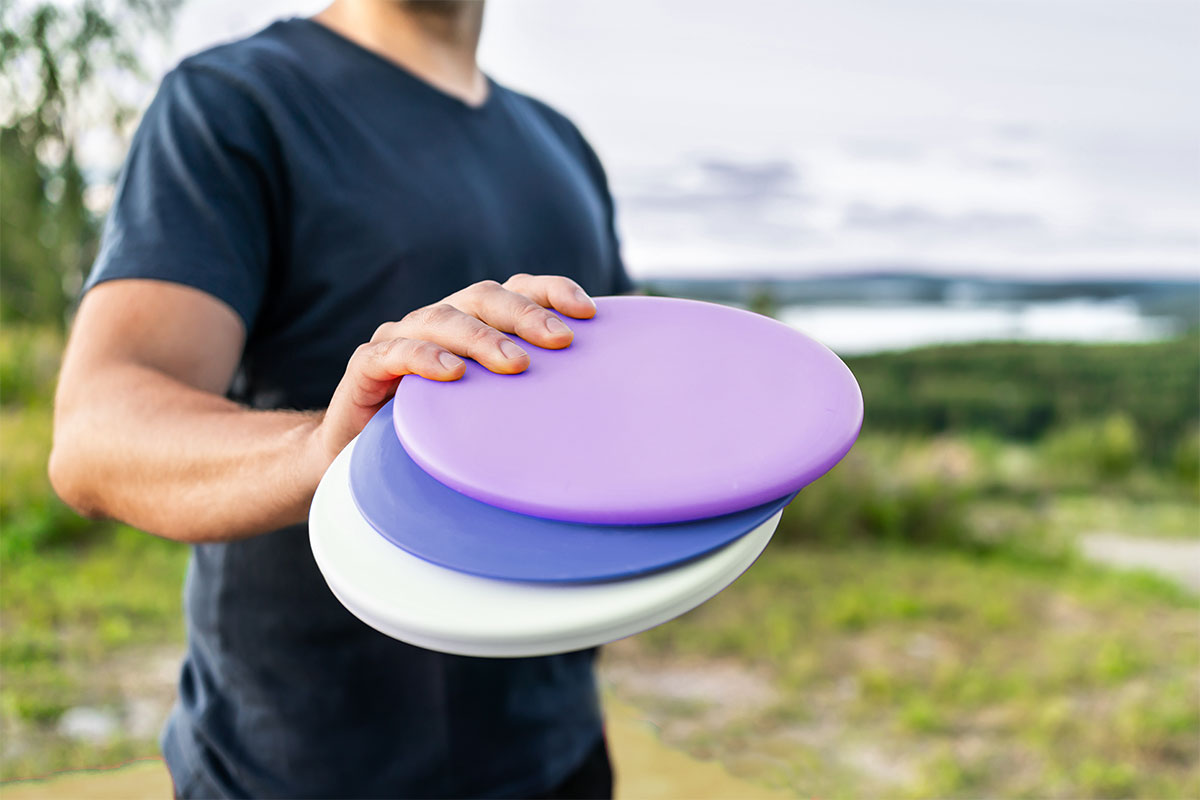
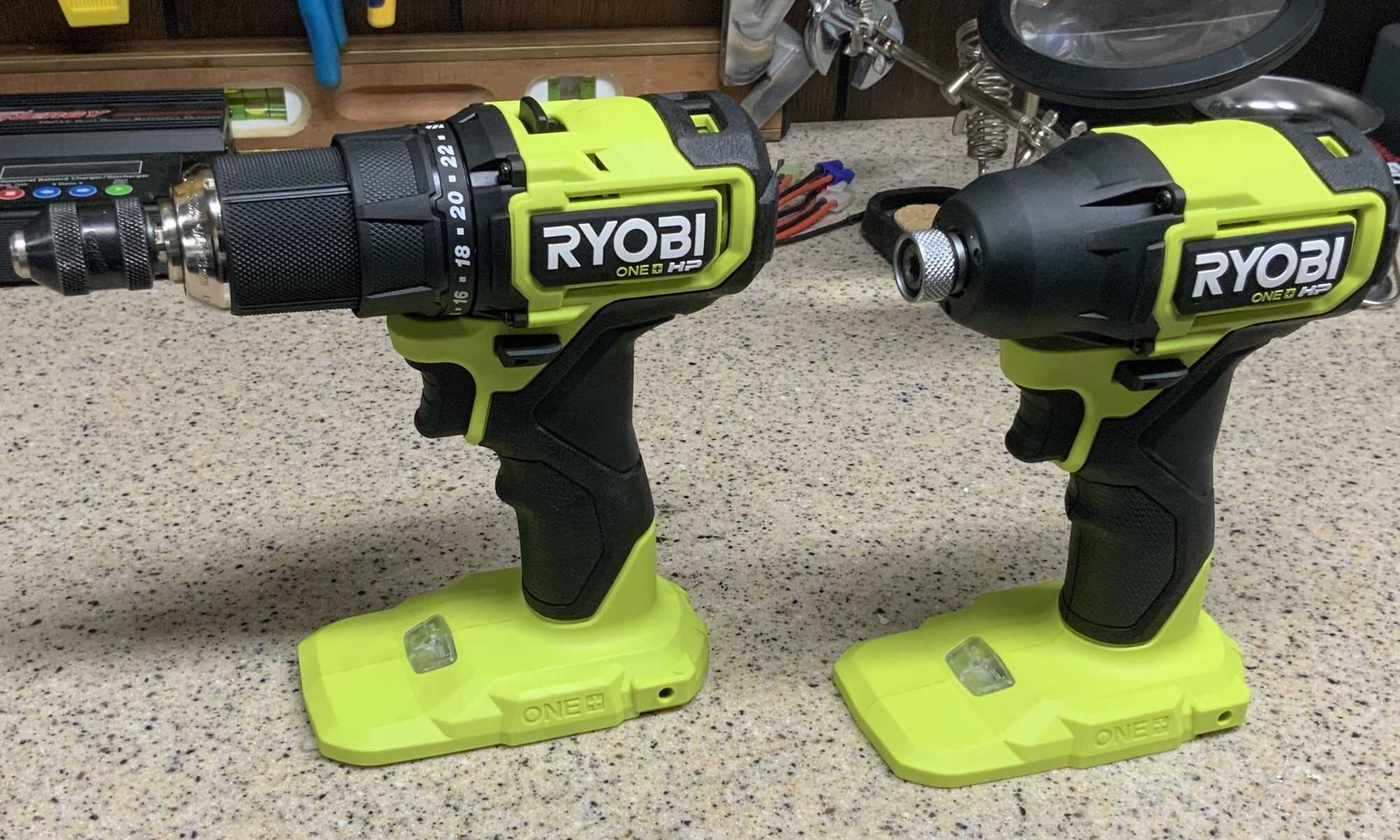

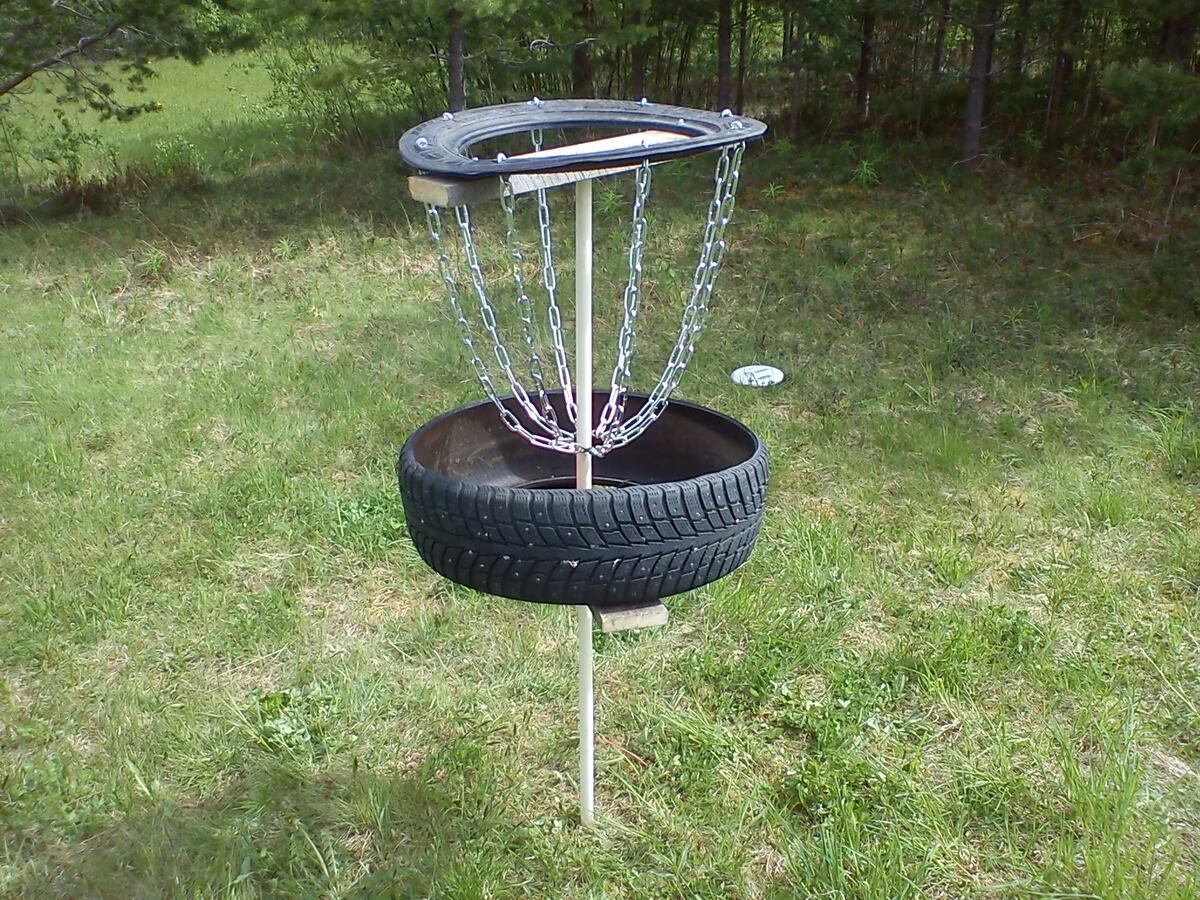
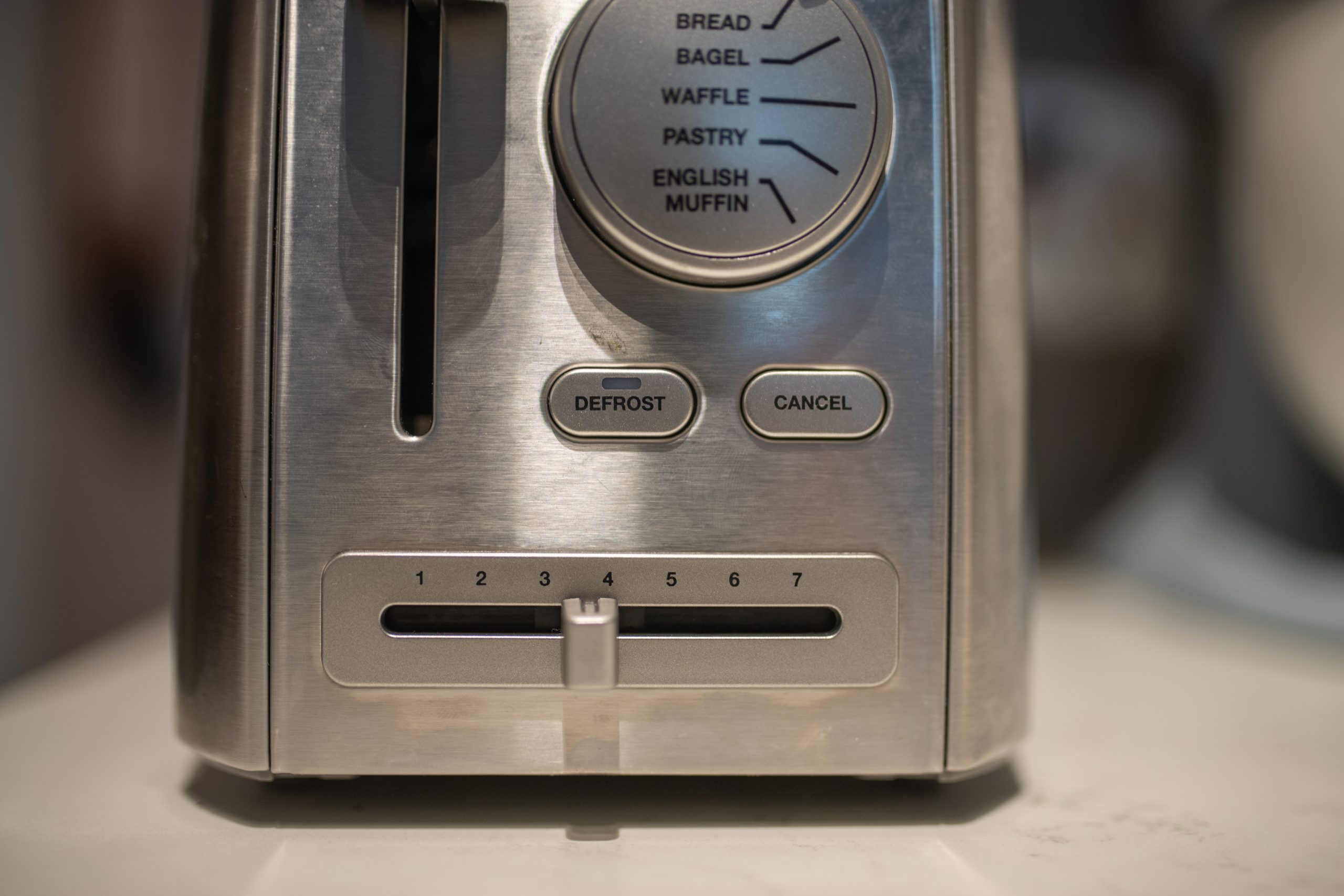

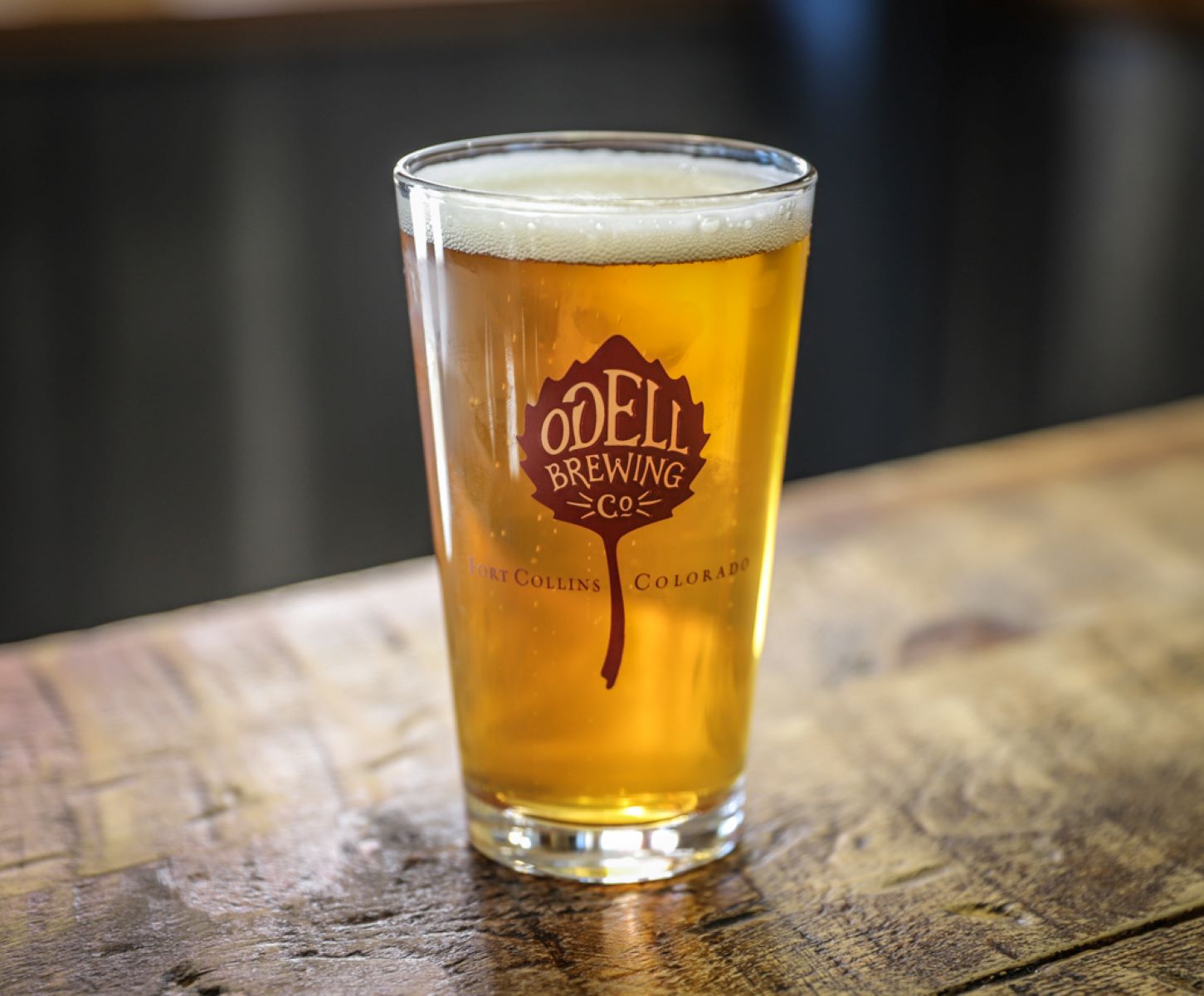
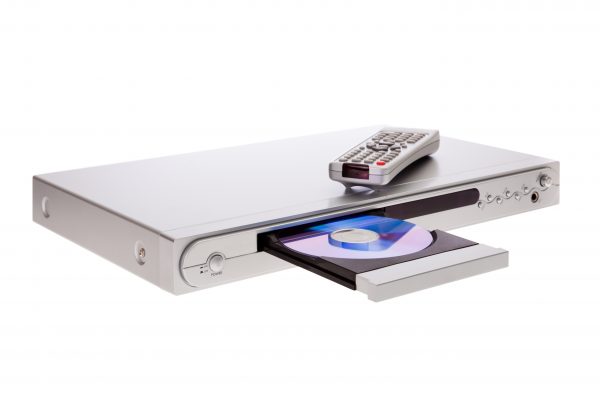

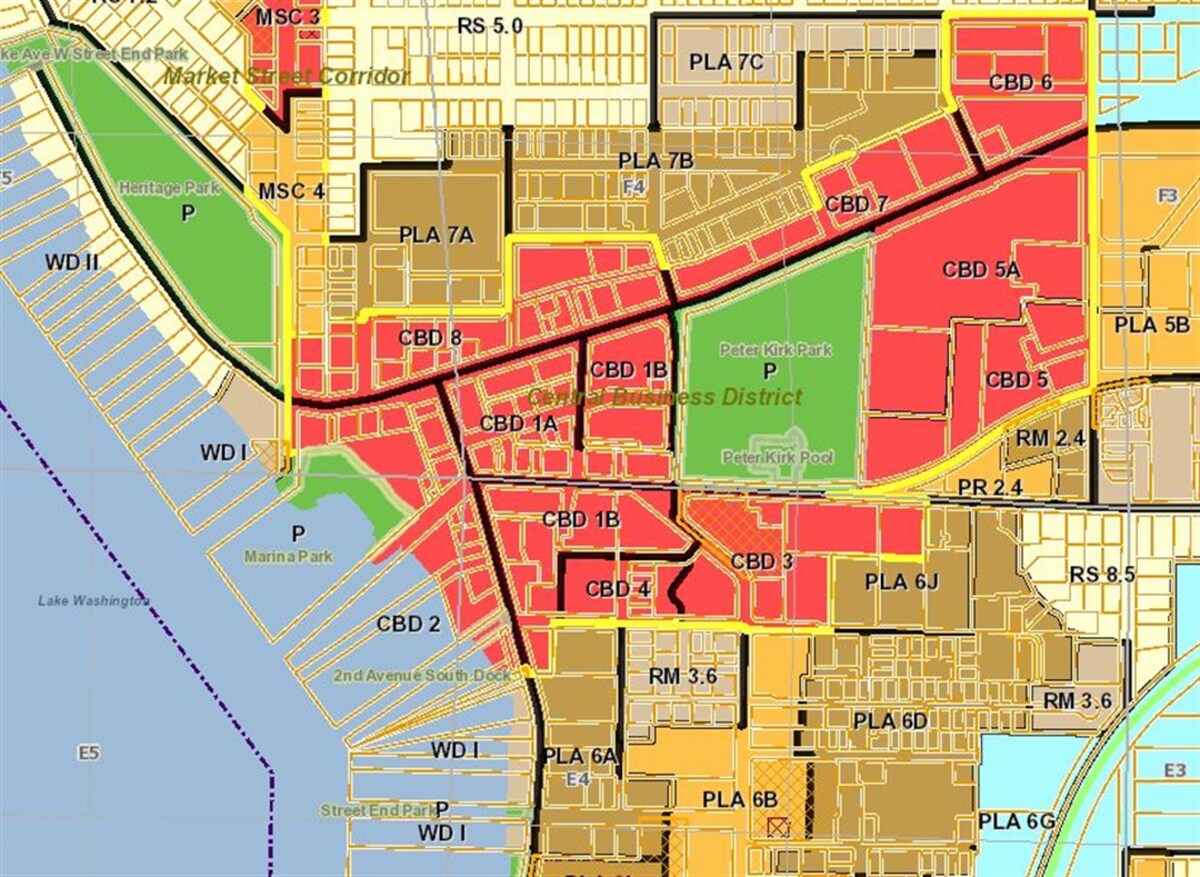
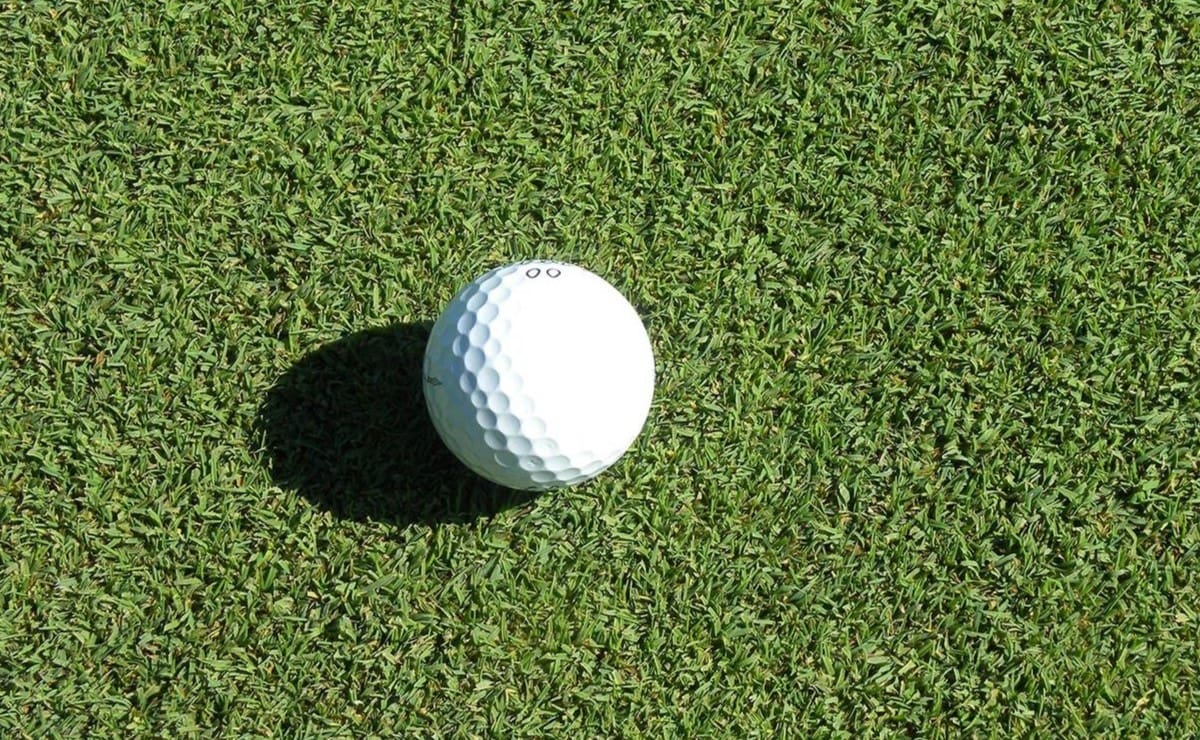

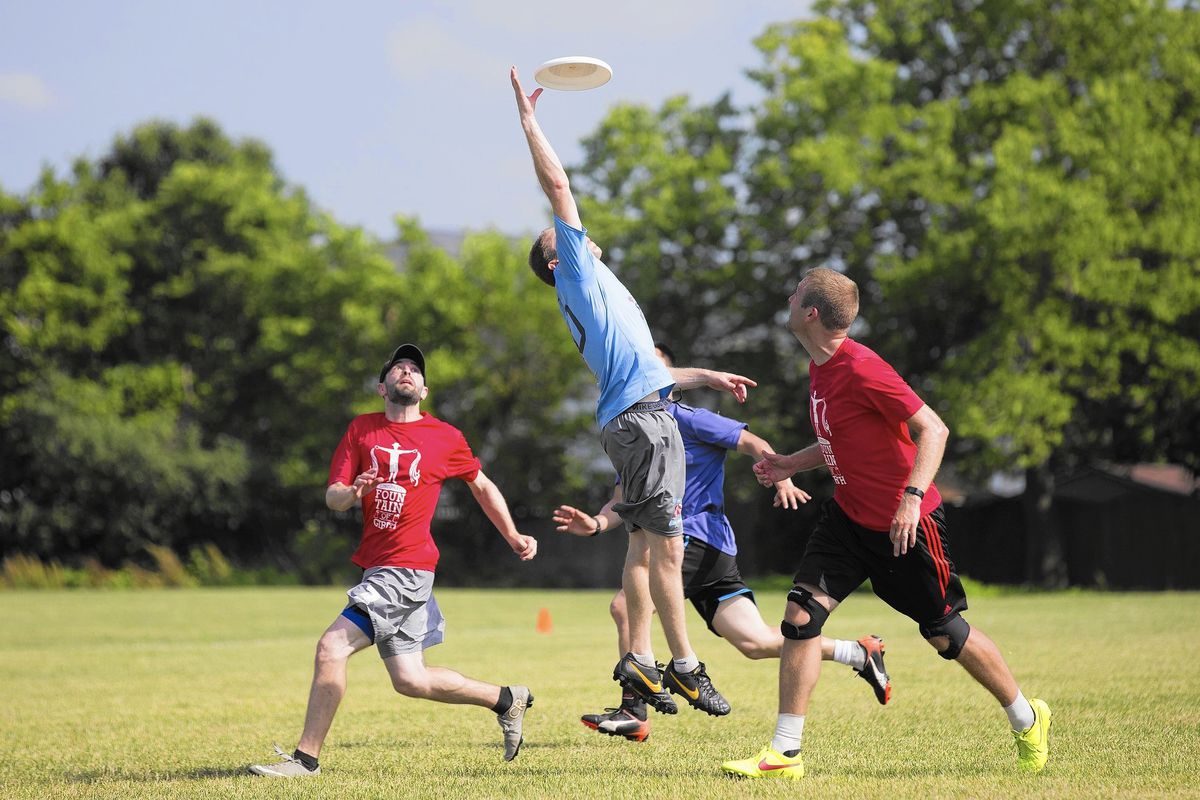

0 thoughts on “What Do The Numbers Mean On Frisbee Golf Discs?”